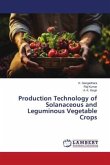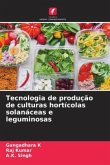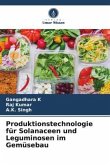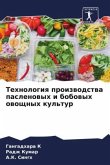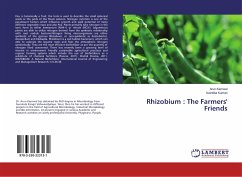Horticulture is gaining more importance due to it gives more income per unit area and provide nutritious food to human being thereby improves the quality of life and aesthetic beauty in nature.The present book on "Production Technology of Solanaceous and Leguminous Vegetable Crops" is containing recent information's gathered from various important and genuine source viz. book, journals, Institutes sites, etc and compiled in form of the manuscript. This book is highly important for researches, students and other stockholders.Solanaceous vegetables like Tomato, Brinjal and Chilli are major economically important vegetables cultivated all over the world. The leguminous vegetables like Pea, Indian bean (Dolichos bean), cowpea, French bean and cluster bean, are an important source of plant proteins in the human diet and are considered as "meat of the poor". Most of the underutilized and commercial cultivated leguminous vegetables are well adapted to extreme climatic conditions and areknown for their nodules, which can support nitrogen fixation and protect the soil from the harmful effect of erosion.
Bitte wählen Sie Ihr Anliegen aus.
Rechnungen
Retourenschein anfordern
Bestellstatus
Storno



